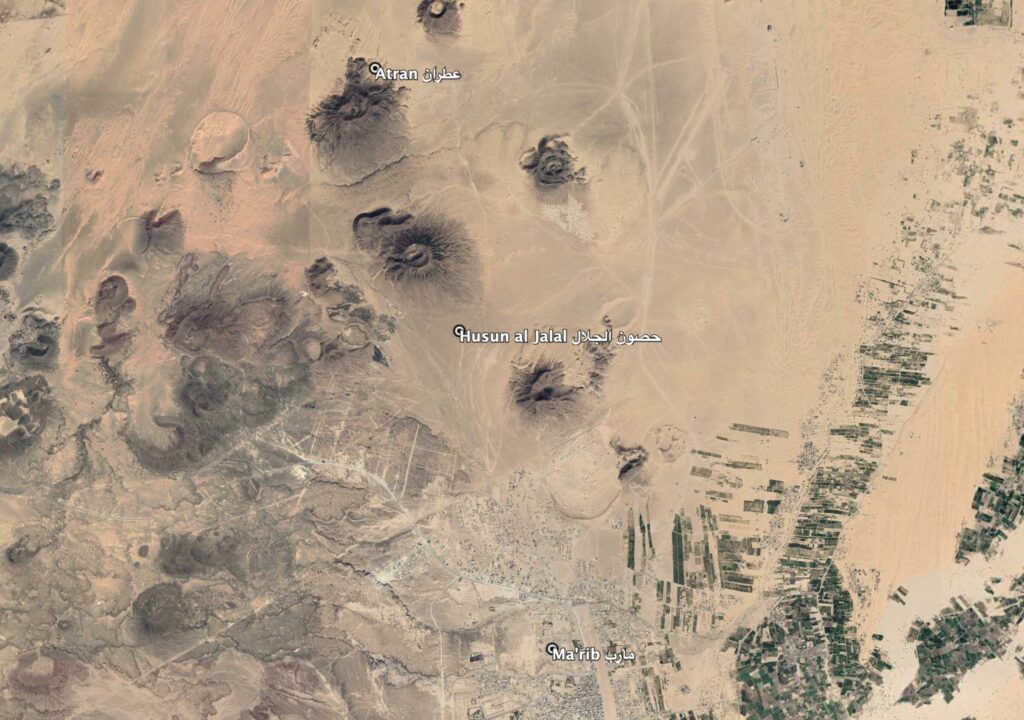Incident Code
Incident Date
Location
Geolocation
Geolocation
Airwars Assessment
(Previous Incident Code: YEM286)
A US drone strike reportedly killed at least two alleged AQAP militants in Al Huson, in the Al Wadi area of Marib governorate, on the evening of November 2nd 2017. In an email to the Bureau of Investigative Journalism, a US Central Command spokesperson confirmed that a strike had taken place in Marib, stating that two “AQAP” terrorists were killed. There were no known associated reports of civilian harm.
Local language news outlets, including Al-Masdar Online and Aden Al-Ghad, also reported that two were killed. An anonymous provincial security official, speaking to Xinhua, gave a figure of two fatalities.Some sources, including @barakish_net and @demolinari, indicated that three had died, and a few local language Twitter users (e.g. @South21_5_90) gave a tally of four.
On December 20th 2017, US Central Command indicated that one of those killed in the strike was in fact Ruwuhah al-Sanaani, an “AQAP facilitator”, though no other sources corroborated this.
The strike reportedly targeted the alleged militants as they were travelling in a car in the area. In an interview with Just Security, the Governor of Marib, Sultan Bin Ali Al-Aradah, said that the strike had taken place in an area that the security forces could access, and that the US did not inform local officials of the attack, or pass on information regarding AQAP militants. “As long as we’re able to do the job ourselves, inform us….if we can, we want to arrest,” he stated.
“We want the state to stand on its feet and to take every criminal to court—and at the very least countries that use drones to come up with legal accountability for their use,” Al-Aradah told Just Security. “That’s why I always say the flow of info and actions needs to come through local security agencies. Right now, there is no one to hold accountable.”
Key Information
Geolocation Notes
Reports of the incident mention a vehicle being struck in the vicinity of Al Huson (الحصون) village, within the Wadi Atran (وادي عطران) area, in Marib (مريب). Unable to find specific locational information regarding these sites, we have assigned this location to a middle point between the villages of Husun al Jalal (حصون الجلال) and Atran (عطران), north of the city of Marib, as these are the only two locations that share similarities to those mentioned in sources. The generic coordinates for this middle point are: 15.559048, 45.292462. Due to limited satellite imagery and information available to Airwars, we were unable to verify the location further.

Reports of the incident mention a vehicle being struck in the vicinity of Al Huson (الحصون) village, within the Wadi Atran (وادي عطران) area, in Marib (مريب). Unable to find specific locational information regarding these sites, we have assigned this location to a middle point between the villages of Husun al Jalal (حصون الجلال) and Atran (عطران), north of the city of Marib, as these are the only two locations that share similarities to those mentioned in sources.
Imagery: Google Earth
